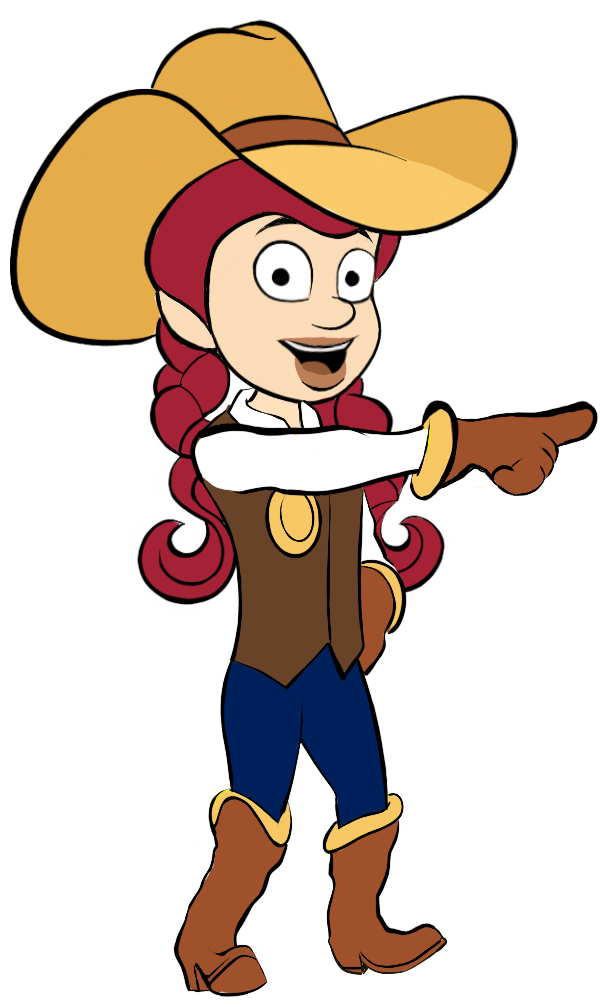Activity Overview: Where does electricity come from? Electricity comes from energy that is created from a source or a fuel. Wind is one energy source. Kinetic energy, the energy of things in motion, can be found in air’s movement around the world. Humans harness that energy through wind turbines, which convert the kinetic energy of wind into electricity.
Wind is a very powerful source. Think about the strongest winds that you have ever been in, how much did it make things move around you? Have you ever seen wind from a hurricane or tornado move trees, cars, or houses? Wind is a powerful source of energy. So if wind is so powerful, why don’t we use it for all of our energy? There are challenges with harnessing wind energy. Wind is unpredictable, so we can’t control when it happens or how strongly it happens. However, wind is a renewable resource, which means that the resource replenishes itself faster than humans can use it. As long as the sun is still shining, wind will always be blowing somewhere on Earth.
Students build and color a paper kite. The class takes a few moments outside to see if the wind is strong enough to move their pinwheels. Alternatively, students can use the power from their breath to rotate their pinwheels. If the wheel doesn't spin, explain that the air does not contain enough kinetic energy to move any other objects. Similarly a still day is not sufficient enough to move a wind turbine.
TEKS
ART.1.2A, ART.1.2C, SCI.1.8D
Adapted from: Pinwheel Instructions

We'd love to help answer any questions and help you get started! Drop us a line and we'll get back to you as soon as we can.
Watt Watchers of Texas
204 E. Dean Keeton Street, Austin, Texas 78712
contact@watt-watchers.com
Nos encantaría contestarle cualquier pregunta que tenga y ayudarle empezar! Envíenos un mensaje y nos pondremos en contacto con usted lo antes posible.
Watt Watchers de Texas
204 E. Dean Keeton Street, Austin, Texas 78712
contact@watt-watchers.com